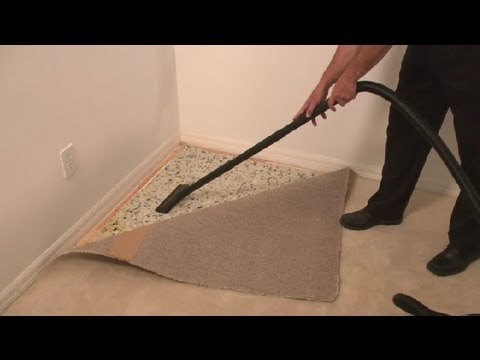Carpet padding is an important part of a carpet installation. It provides extra cushioning, improves comfort, and helps protect the carpet from wear and tear. But, when damp or water-damaged carpet padding is not replaced, it can cause a range of problems, from mold and mildew growth to carpet damage. Here is what you need to know about damp or water-damaged carpet padding and how to fix it.
What Causes Damp or Water-Damaged Carpet Padding?
Damp or water-damaged carpet padding can be caused by a variety of factors. Some of the most common causes include:
- Leaking plumbing, such as a broken pipe or a leaking water heater.
- Leaking roof, such as from a storm or a damaged shingle.
- Flooding, either from an external source or from a clogged drain.
- Humidity, either from an unvented bathroom or an unvented kitchen.
- Excessive moisture, such as from a pet or a plant.
In some cases, damp or water-damaged carpet padding can be caused by the carpet itself. For instance, if the carpet is not installed correctly or is made of a material that is not designed to resist moisture, it can cause the padding underneath to become damp or water-damaged.
How to Identify Damp or Water-Damaged Carpet Padding
The most obvious sign of damp or water-damaged carpet padding is a musty smell in the room. If you notice this, it is a good indication that there is a moisture issue in the area. Other signs include discoloration or staining of the carpet, as well as visible mold or mildew growth.
What to Do If You Have Damp or Water-Damaged Carpet Padding
If you have damp or water-damaged carpet padding, it is important to act quickly. If the source of the water or moisture is not addressed, it can lead to mold and mildew growth, as well as further damage to the carpet and the floor beneath. Here are the steps you should take if you have damp or water-damaged carpet padding:
- Identify and address the source of the water or moisture.
- Remove the carpet and padding from the area.
- Clean the area with a disinfectant to remove any mold or mildew.
- Allow the area to dry completely before replacing the carpet and padding.
- Replace the padding with a new, high-quality product.
- Re-install the carpet.
Preventing Future Damp or Water-Damaged Carpet Padding
To prevent future damp or water-damaged carpet padding, it is important to address any potential sources of moisture in the area. This includes leaking plumbing, leaking roofs, flooding, and humidity. Additionally, it is important to make sure the carpet is installed correctly and is made of a material that is designed to resist moisture.
Conclusion
Damp or water-damaged carpet padding can cause a range of problems, from mold and mildew growth to carpet damage. To prevent this, it is important to identify and address the source of the moisture, remove the carpet and padding, clean the area, replace the padding, and re-install the carpet. Additionally, it is important to make sure the carpet is installed correctly and is made of a material that is designed to resist moisture.









